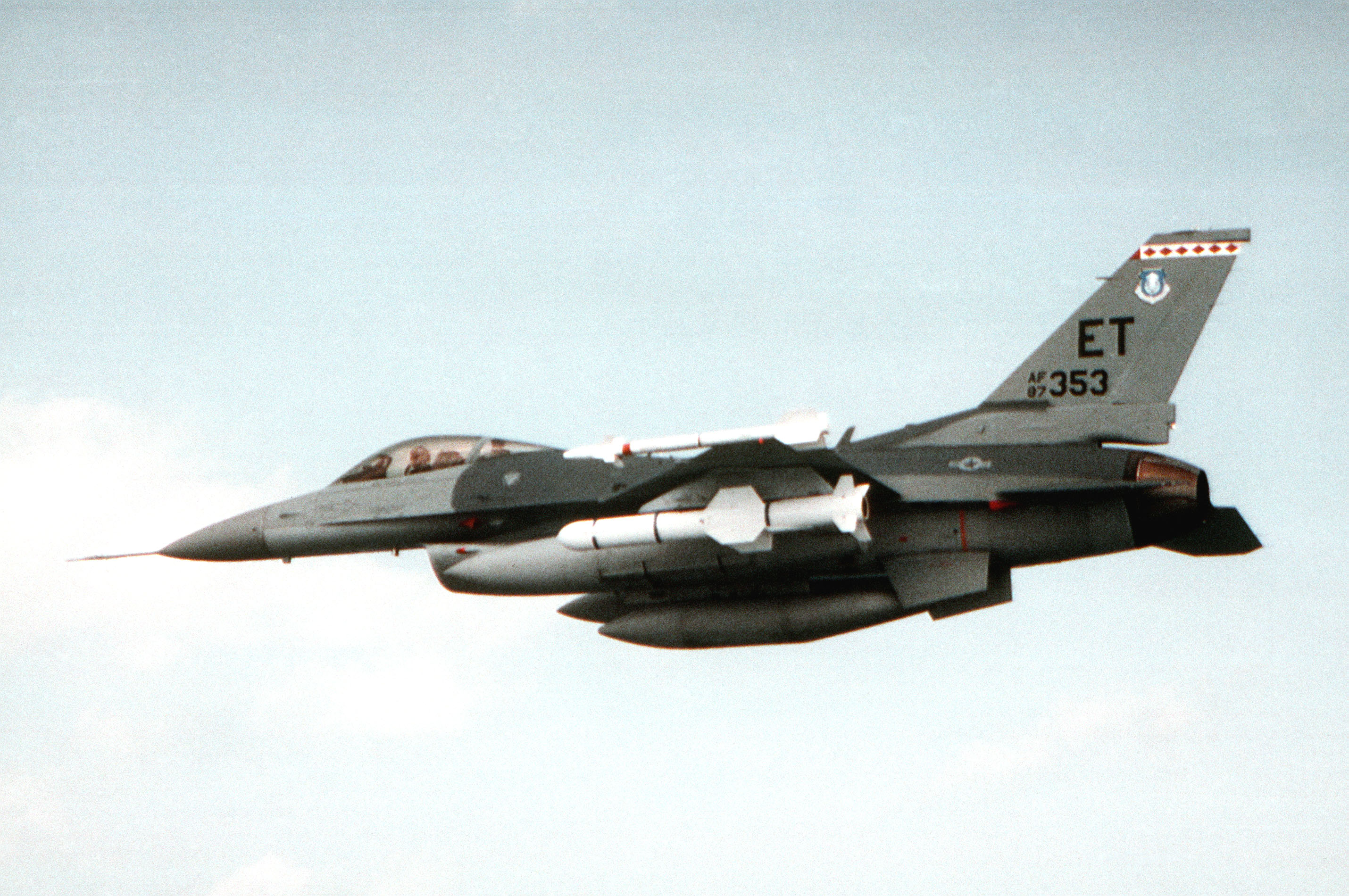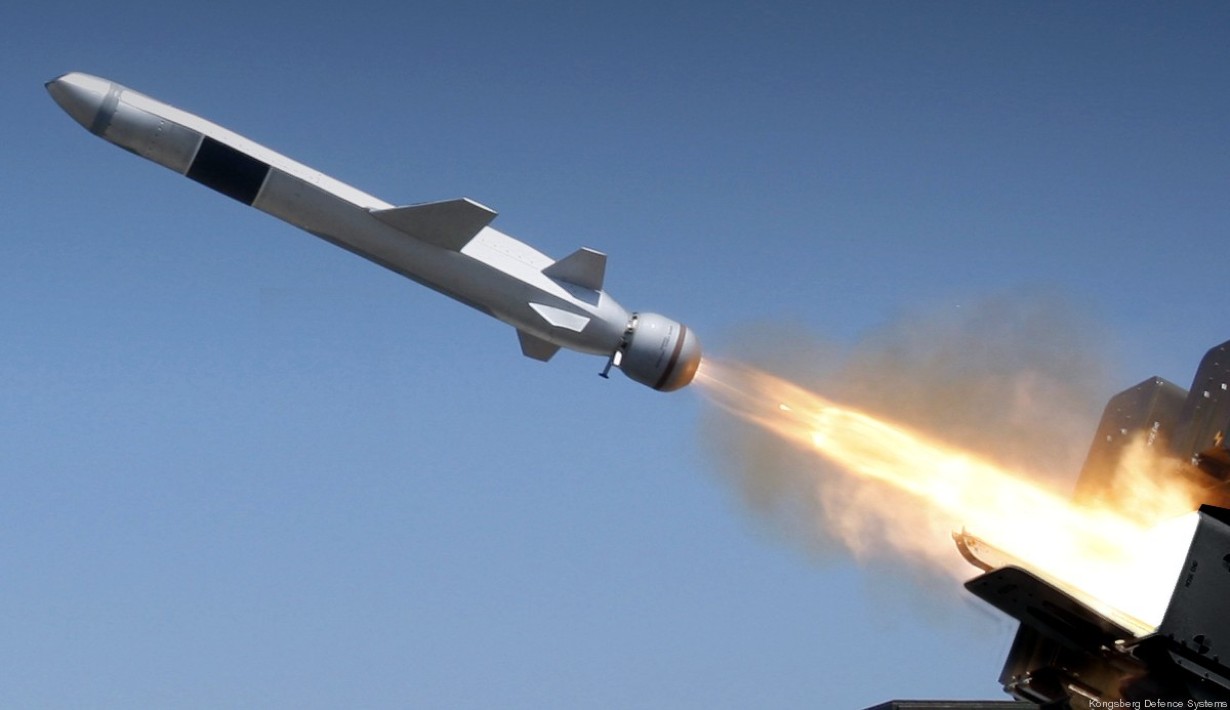After a string of attacks on Russia that is believed to have rattled the Kremlin, the spokesperson of the Ukrainian Air Force, Yuriy Ihnat, said over the weekend that Russia’s air defense systems have been unable to cope with strikes conducted using Western-made cruise missiles.
Innovation Or Desperation? Russia Mounts Anti-Submarine RBU-6000 Rocket Launcher On Tracked Vehicle
“We’ve received weapons we had been waiting for so long. These are cruise missiles. The enemy can’t shoot down these missiles despite having great anti-aircraft systems, which have ‘no analogs,'” Ihnat told state news agency Ukrinform.
“Presumably, they do down some of them, but, as we can see, our missiles penetrate their defenses, and Crimea, which is heavily armed with air defense systems, cannot cope with Western-made cruise missiles,” Inhat added.
He further claimed that Ukraine anticipates receiving more of these missiles from the West, notably German, French, and British. Ihnat said: “And the American ATACMS are already ballistic missiles – they will help us significantly change the situation at the front. And with the arrival of Western-made warplanes, it will be a completely different story.”
More significantly, the spokesperson hinted that the Russian Navy would have nowhere to go when the F-16s coming to Ukraine from the NATO coalition are armed with Harpoon air-launched anti-ship missiles.
Ihnat said: “There is news that Germany will also hand over sea surface drones and that other weapons will arrive, too. And best of all are our Neptune missiles, which perform quite effectively. And Harpoon-carrying F-16s appear, Russian ships will have nothing to do in the Black Sea.” Currently, the Harpoons are launched on Russian targets from the ground.
The Harpoon anti-ship missiles were delivered to Ukraine by the US sometime last year and have since been used to sink at least two Russian ships. The Harpoon missiles were earlier deployed to the Black Sea to counter Russian surface ships. They could be mounted on F-16s with minimal modifications.

The equation is expected to be altered radically when ground-launched Harpoon missiles, with 70 miles range, are mounted aboard a tactical aircraft. Military experts have noted that the operational calculations of Russia’s Black Sea Fleet could be complicated because F-16s can serve as both targeting and delivery platforms for Harpoons.
The Russian military possesses an outstanding selection of air defense systems, including the cutting-edge S-400 Triumf or Pantsir missile defense, which can take out very advanced missile systems.
However, going by Ukraine’s recent assertions, these systems are already under pressure due to the Ukrainian cruise missile onslaught. This situation could become more precarious with the incoming F-16s raining down Harpoon missiles.
This could come as bad news for another country facing the threat of Harpoons and using some of the Russian-origin air defense systems, the People’s Republic of China (PRC).
On its part, China has also deployed several Russian-origin air defense systems, including the most advanced S-300 and S-400 air defense systems. Suppose the assertions made by the Ukrainian Air Force about Russian air defense’s inability to cope with the Western cruise missiles are factual, it may be an alarming development for Beijing.
This is because Taiwan is one of the few countries that use the F-16 Viper as the carrier of the Harpoon anti-ship missile. The Republic of China Air Force (RoCAF) equips vintage and modern F-16s—A/B and V models—with the original Block I Harpoon and more recent Block IIs with improved GPS navigation.
EurAsian Times had previously reported that in the aftermath of the increased Chinese military presence near the island state, Taiwan’s Hualien Air Force Base had reportedly readied to scramble its four fully loaded F-16V fighters, each outfitted with two air-launched anti-ship harpoon missiles to defend the nation’s east coast.
F-16-Firing Harpoons
Earlier this month, Ukraine said its forces destroyed a sophisticated S-400 “Triumf” surface-to-air missile defense system deployed in the Black Sea region in Crimea, with military observers characterizing Russia’s loss of such weapons as its “tactical failure.”
The attack was allegedly carried out in tandem by the drones and the Neptune cruise missiles. It is pertinent to note that Neptune and Harpoon anti-ship missiles are used together to perform a similar role. This means that even the most advanced air defense system in Russia, the S-400, is not immune to attack.
The Harpoon (RGM-84/UGM-84/AGM-84) is a subsonic anti-ship cruise missile developed in the United States and used since 1977. Since its inception, various variants have been developed, including air, ship, and sub-launched versions.
The F-16 Block 50/52 from the 1990s already has the hardware and software necessary to work with the Harpoon in several launch modes. In one configuration, the missile is launched at a specific bearing, and the weapon’s seeker is used to locate the target. An additional mode increases the missile’s range and bearing to the target, increasing the chance of a strike.
With a minor software adjustment and installation of a “Harpoon Interface Adapter Kit,” a control box from the 1980s that fits in the same pylon as the missile, nearly every F-16 can be equipped with the Harpoon.
In response to the query regarding the F-16s, Yuriy Inhat stated in the briefing that as the number of nations taking part in the aviation coalition expands, so do Ukraine’s capabilities and prospects for pilot training.

“A large group of military engineers is also already training in parallel lines with our pilots in the countries that have joined the aviation coalition. This is a huge painstaking work, and it must proceed at an accelerated pace because there is no other way out. The sooner these warplanes are delivered, the sooner the situation at the front will change,” Ihnat said.
Further, he noted that Ukrainian pilots are undergoing training without delay. “The US is joining, too, and this is a grave step because the USA is the manufacturer of F-16s, and the best base is located there. If they are already training our crews, then this will be a severe step on the way to the F-16s,” said the spokesman.
- Contact the author at sakshi.tiwari9555 (at) gmail.com
- Follow EurAsian Times on Google News




